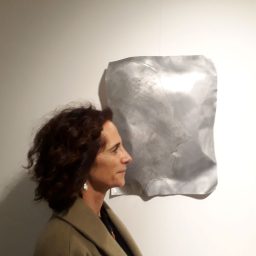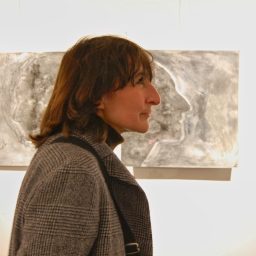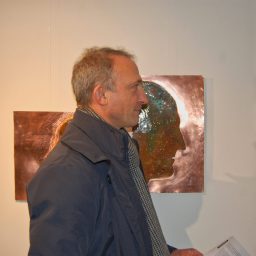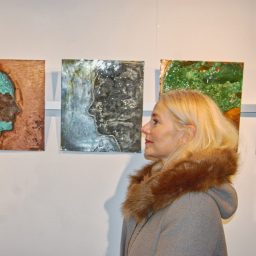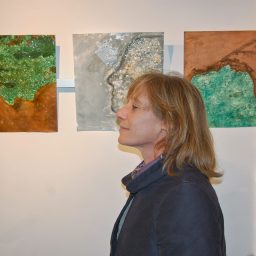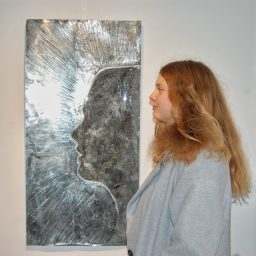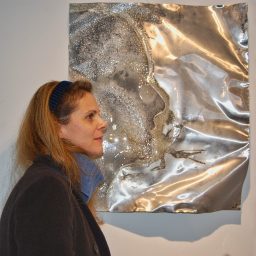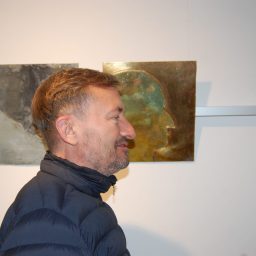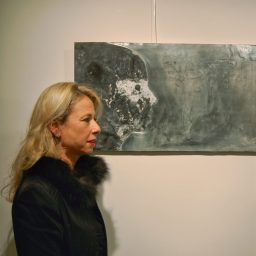
Man is no longer the one with whom day and night alternate or by whom nearness and distance are measured. Now he finds himself as a thing among things, infinitely alone. Everything that connects people and things has withdrawn into a common depth from which the roots of all growing things draw nourishment.
Rainer Maria Rilke
A recent series of works titled “Presences” proposes a path that leads to operate in the space between art and life. The creations move within a realm where the poverty of materials evolves into a refined richness of emotional expression, yet remains clear within the labyrinths of memory. They attempt to depict a living and real image of people, whose profiles interpret possible inner states of individuals. Through oxidized and sculpted metal plates, the intention is to reveal the spiritual state deposited in each of us by daily experiences, especially those marked by the recent pandemic.
Each work consolidates essential aspects of human experience, with each profile symbolizing the lesser-known image of oneself, yet one that represents us unmistakably. The creator says, “A profile is a strong, essential, recognizable sign and the only one that can be drawn with a single continuous stroke. These works show that, despite the vast differences between us, there is a common root in our lives. And that common root is art itself, which restores order, harmony, and balance to what might seem the height of chaos — life outside of being.”
The undefined engraving style of the plates emphasizes presence and humanity, capturing who we are at a specific instant in time, beyond change.
The technique used, called circumductio umbrae, binds the work to the idea of reproducing reality, with the portrait serving to recreate human presence. These profiles recall one of the oldest myths about the birth of painting, in which Pliny the Elder traces its origin to the day when the daughter of a Corinthian potter, to preserve her lover’s image, traced the outline of his shadow on the wall. The surrounding space represents the person’s spirituality interacting with the world. Observing these works together evokes a deep sense of humanity and an intense, silent emotion that recalls memory and thought.
Massimo Scaringella


